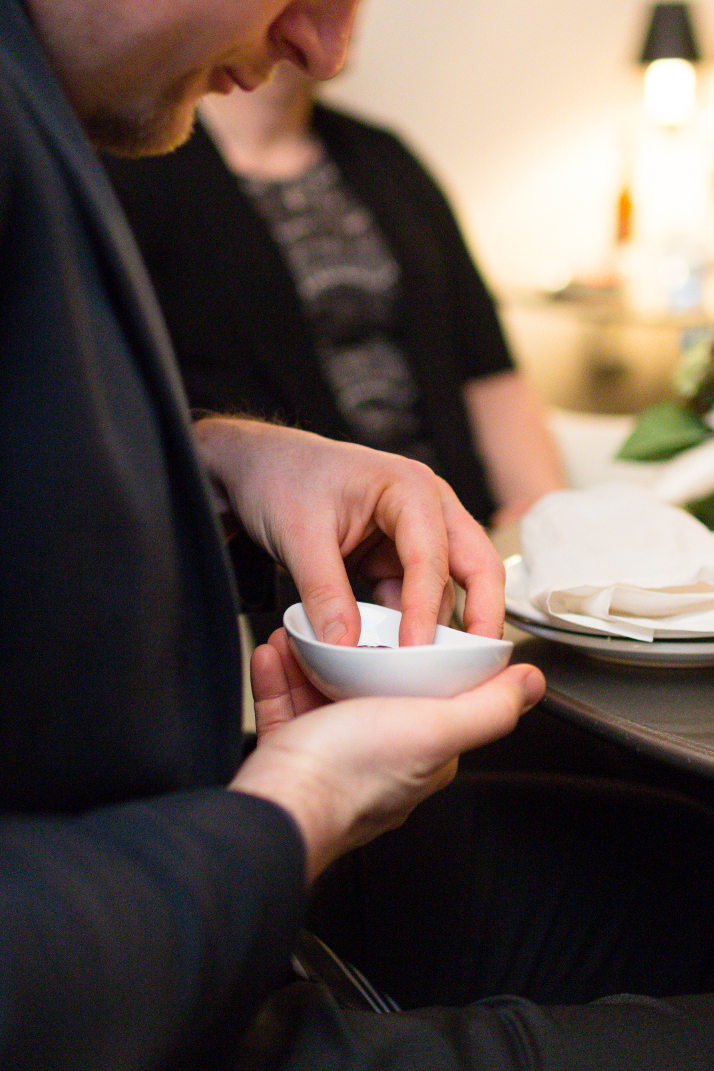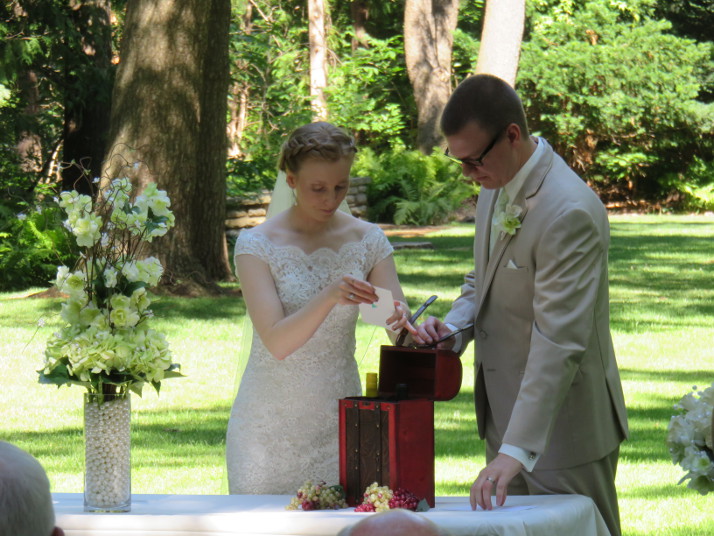Receiving Line or Alternatives
A receiving line is the traditional way for you to greet your guests immediately following your wedding ceremony. But you have alternatives, choices and modifications available to you today. A traditional receiving line involves you, your parents and your wedding party lined up at the back of your ceremony venue to greet and receive the congratulations of your guests. It serves the purpose of ensuring that you have at least a moment to speak directly with each of your guests. Depending on the size of your guest list it can be tricky to ensure that you connect with absolutely everyone during the less formal parts of your wedding day, but some people find the traditional receiving line to be artificial, uncomfortable and slow.
If you like the concept of a receiving line for the benefit of connecting with everyone, you can move things along and simplify the experience by having only you two and your parents form the line. This relieves your attendants of the awkward moment of making small talk with many strangers (as they likely don’t know many of your guests). Make the experience even more personal (and the line move even more quickly) by limiting it to only you and your new spouse. Your parents and attendants can circulate among your guests, help people find the social hour venue, and generally get the party started.
Especially if you have a smaller number of guests, say 100 or fewer, you may want to eliminate the receiving line altogether. In this case, you will need to make a concerted effort to speak with each guest during the festivities following the ceremony. As hosts of the event, you will want to thank them for coming to share in your special day. As the focal point of the day, your guests will want at least a moment to express their best wishes to you. One way to ensure you speak with everyone is to make the rounds while your guests are seated for dinner. If you’re having a “stand up” reception or if you think you can keep track of everyone during informal moments like the social hour, you can chat with people then, too.
It’s a great idea to consider all wedding traditions and then decide which of them you wish to include in your wedding day. It’s fine to have a receiving line if it makes your day easier, or to opt for a less formal way to engage with your guests. Whatever you choose, you’ll want to touch base with all your guests to celebrate with the people who came to share your special day.


